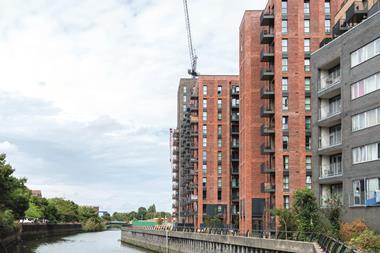Six months ago, we gave notice on our long-standing studio space. Moving was an opportunity to embrace a new hybrid style of working and reduce overheads, but what underpinned every single decision was the need to be flexible – including everything from IT and the studio lease to our phone lines and our cleaning contract.

IT is key. We invested in moving our entire operation to the cloud and that gives us the opportunity to work from anywhere that internet access is available.
For us, the process of finding new premises was not as easy as one might think. While there are countless co-working spaces across the city, it did not feel like the right move.
For landlords whose buildings have stood empty and whose leases are expiring, offering self-contained and independent workspaces can be highly attractive for tenants that do not want a co-working space. What do the spaces need?

Very little, just the basic essentials to support human life: water, power, heat, light, security and, of course, a very good internet connection.
While business confidence is certainly returning, making long-term decisions is still daunting at the moment.
By providing flexible working spaces with a reduced long-term commitment, businesses can start to return to the office. This will provide much-needed income for landlords and give everybody time to find the new style of working and the demand for workspace before decisions are made about the long-term future of these buildings.
Jonathan Plant is managing director at Lipton Plant Architects






























No comments yet